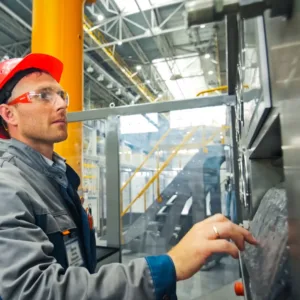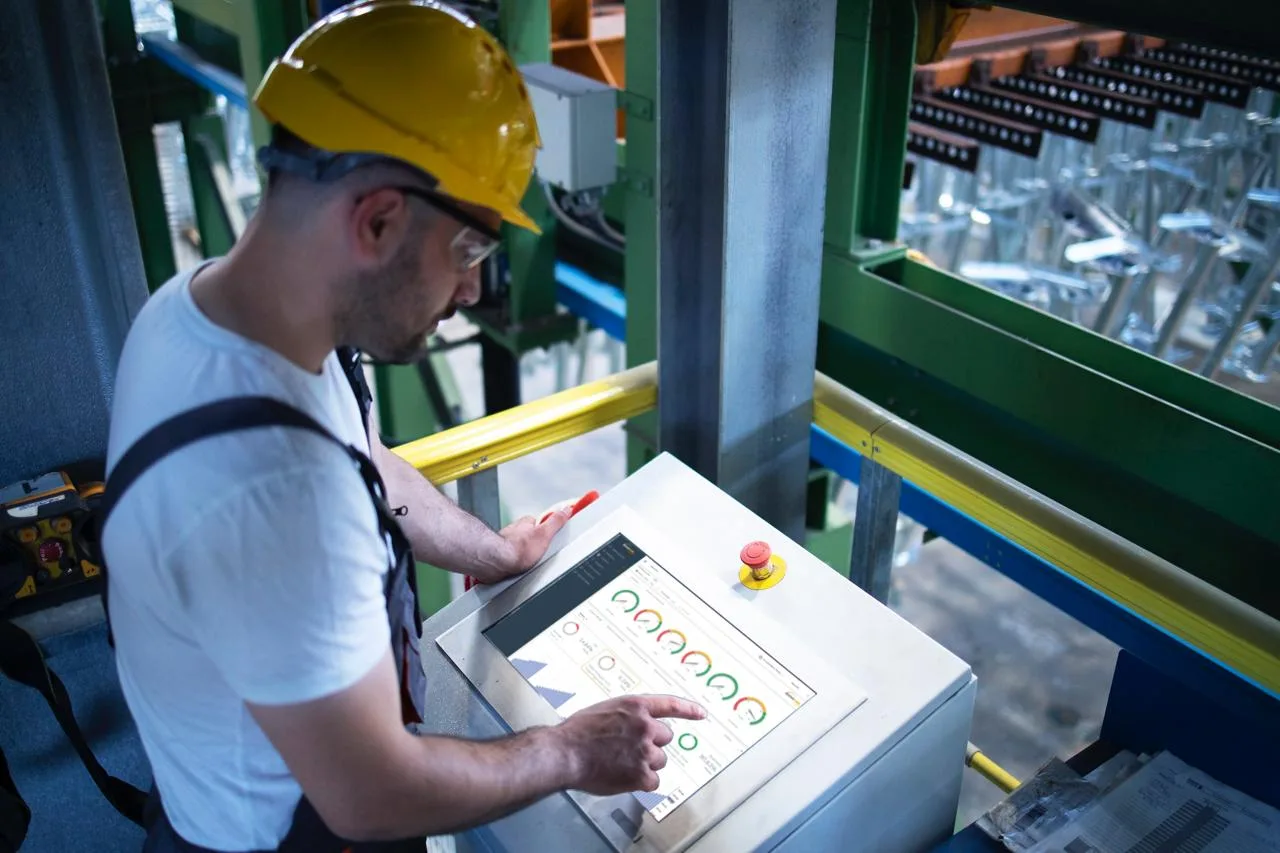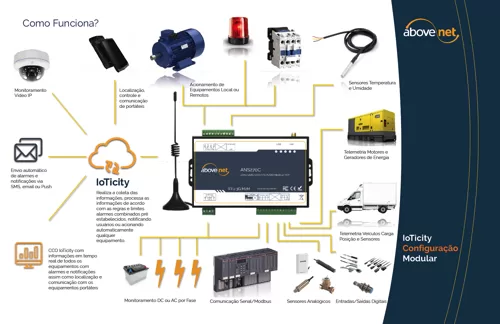In industry, operational inefficiency can cause catastrophic problems, resulting in unexpected stops, unnsweemed deadlines and eventually significant financial losses. These challenges are aggravated by the lack of visibility and proactivity of traditional OEE (Overall Equipment Effectiveness) systems, which still predominate in many industrial environments.
 One of the biggest pains faced by industries is the lack of time communication on operational problems. In traditional systems, production managers only become aware of failures or machine stops if they are next to the machine or at the end of the shift, when it is too late to correct and prevent delays in deliveries. For example, a machine may stop unexpectedly, and the manager will only discover it at the end of the day, making it impossible to recover lost time.
One of the biggest pains faced by industries is the lack of time communication on operational problems. In traditional systems, production managers only become aware of failures or machine stops if they are next to the machine or at the end of the shift, when it is too late to correct and prevent delays in deliveries. For example, a machine may stop unexpectedly, and the manager will only discover it at the end of the day, making it impossible to recover lost time.
In addition, processing machine efficiency information (OEE) using traditional systems is often manual and involves working with Excel spreadsheets to generate historical reports. This process not only consumes time, but also increases the risk of human errors, not to mention delays in detecting the problem. The lack of automation and proactivity of this process implies the late identification of production delays and problems with very low chances of reversal only after the emergence of the problem.
Another significant problem is the lack of contextualization of OEE data. Traditional OEE systems only measure machine productivity, without considering underlying factors that can affect efficiency, such as mechanical failures or maintenance problems. This prevents a complete understanding of the causes of falls in OEE, making it difficult to implement effective solutions. For example, a machine can operate low efficiently due to constant overheating, but as the OEE system does not monitor the temperature, this root cause goes unnoticed.
 A particularly problematic aspect is that OEE indicators are displayed on the machines themselves or in panels located at factory specific points. This requires the production manager to physically move to these panels to verify the status of the indicators, a time -consuming process and can result in delays in response to critical problems. In other words, if a manager or operator is not paying attention to the local machine panel, the performance deviations indicated by the traditional OEE system may go unnoticed, at the risk of delays in corrective actions. It is equivalent to “driving looking at the rearview mirror”, reacting to problems only after they have already occurred.
A particularly problematic aspect is that OEE indicators are displayed on the machines themselves or in panels located at factory specific points. This requires the production manager to physically move to these panels to verify the status of the indicators, a time -consuming process and can result in delays in response to critical problems. In other words, if a manager or operator is not paying attention to the local machine panel, the performance deviations indicated by the traditional OEE system may go unnoticed, at the risk of delays in corrective actions. It is equivalent to “driving looking at the rearview mirror”, reacting to problems only after they have already occurred.
How to solve the problem?
Several companies develop panels and solutions using third parties or their IT department, but these solutions are attempts to integrate a process that requires more than some integrated technologies. In addition, most of the time, these activities are deviations from the company's main activity impacting professionals with a solution that continues to meet the expectations of production management.
The ideal solution should include an application capable of monitoring in real time the variables of each production line machine, cross information and alert in a staggerable, autonomous and proactive manner to those responsible. That is, it should dispense with the need for physical presence or focus on any monitoring panel. Simply and targeted, the system must send an auditable notification to users able to make decisions that avoid damage to the production line.
In addition, most problems facing equipment efficiency are the effects of machine operational problems (example of heating in this same article). A system that simultaneously monitors operational parameters of the machine can provide process intelligence and alert the maintenance team before this problem affects production. It means treating cause rather than effect.
The big problem to this day was to find a solution capable of addressing all these issues without the prohibitive cost of development.
Bridgemeter solution: proactive and predictive monitoring of the health and operation of the machine.
ABOVE Above-Net Bridgemeter integrated monitoring solution that goes beyond simple productivity measurement. With Bridgemeter, managers have access to a complete and contextual view of production performance, including all machine operational parameters.

One of the main features of Bridgemeter is its proactivity. The system sends real -time notifications directly to the production manager's mobile phone, allowing him to monitor line efficiency without moving to the informative panels or equipment. This means that corrective actions can be taken immediately, minimizing inactivity time and avoiding significant productivity losses.
In addition, Bridgemeter monitors not only the global efficiency of the machine, but also critical parameters among others, temperature, pressure and electric current. With this integrated approach, it is possible to identify any problems in advance before unexpected stops impact production.
Bridgemeter's flexibility and interoperability is another great differential. The system can be configured to adapt to the specific OEE needs of each client, integrating perfectly with CLPs (programmable logic controllers) existing or performing calculations after parameter collection. This flexibility allows Bridgemeter to be implemented in different types of industries and production settings, providing a tailored solution for each scenario.
In addition, Bridgemeter offers an intuitive and easy -to -use interface, which provides clear and actionable views of OEE data. Managers can access dashboards in real time showing alarms about the availability, performance and quality of machines, as well as the global OEE indicators. This facilitates informed decisions and prioritization of corrective actions, improving operational efficiency continuously.
Results
Bridgemeter's implementation brings a number of tangible benefits for industry operation. First, the proactivity of the system significantly reduces non -planned inactivity times, resulting in an increase in machine availability and, consequently, productive capacity.
In addition, the contextualization of the operational data provided by Bridgemeter allows a deeper and accurate analysis of the causes of productivity falls. This leads to improvements in performance and production quality, increasing the general OEE.
Bridgemeter's flexibility and interoperability with existing systems also facilitate its adoption, allowing managers to make more informed and data based decisions.
In short, Bridgemeter transforms the way industries monitor and manage the effectiveness of their equipment, providing a proactive, flexible and integrated solution. Expected results include greater machine availability, continuous performance in performance and production quality, and significant reduction in operating costs. By adopting Bridgemeter, industries can reach a new level of operational efficiency and market competitiveness.






